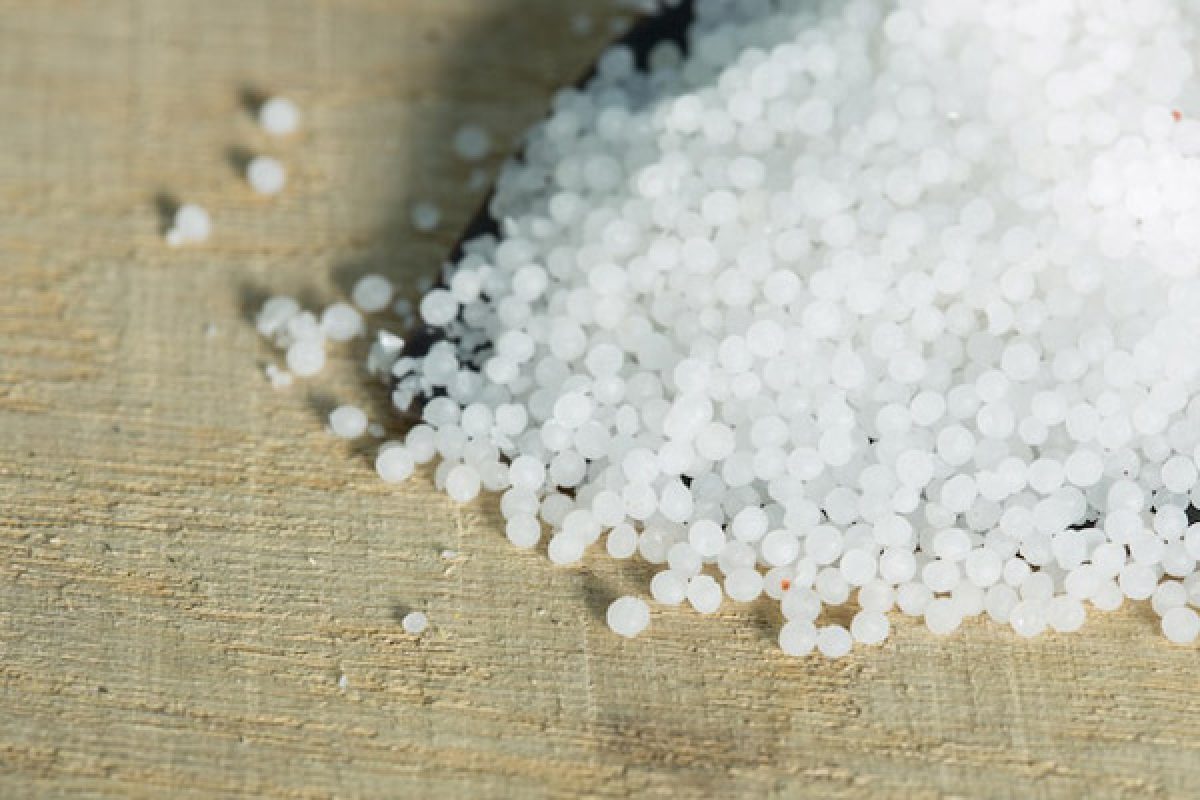What is urea? Get to know it more
One of the compounds that many examples of its applications can be mentioned these days is urea. Urea is a chemical compound and its formula is also written as CO(NH2)2. In this compound, two -NH groups are attached to a C=O carbonyl agent. Other physical and chemical properties of this material are as follows:
- One of the most important physical and chemical characteristics of urea is its odorless and white color.
- Urea has high solubility in water and is one of the non-toxic compounds.
- When this substance is dissolved in water, it does not make the acidity either acidic or alkaline, and that is why urea has become valuable for some industries.
- The first substance they go to for nitrogen supply is urea.
- This substance, with the rest of the compounds, has created a porous framework and can trap many organic compounds.
- When urea is broken down, it produces protein or amino acids as well as ammonia.
- This substance is observed as a solid.
- Urea is highly effective in the metabolism of nitrogen-containing compounds.
- It may be good for you to know that urea is one of the compounds that does not catch fire in any way and is not flammable at all.
- Urea is a compound that decomposes before it reaches its boiling point.
- This substance is used in the production of chemical fertilizers containing nitrogen.
- Urea molecules are planar. The hydrogen bond network of this compound is completely dense and powerful molecular packings have been created in it.
- The bonds between carbon and oxygen are double bonds.
- Due to the establishment of extensive hydrogen bonds with water, urea has a high solubility in this liquid.

What do they say about the history of urea?
Another thing that you might be interested to know is the history that Urea has gone through to get here. Herman Boerhau, a Dutch scientist, was the first to obtain urea from urine. Of course, in the meantime, there are some who attribute the discovery of this substance to Hiller Roll.
After the discovery of this substance in 1828, a German chemist named Friedrich Wehler obtained this substance artificially by treating silver cyanate and aluminum chloride. Wehler proved to the world that organic compounds can be produced and used completely artificially without the presence of some living organisms. With the discovery he made, Wehler was able to gain a good position among scientists.
How do they produce urea? Do you know anything about this?
Today, in order for industries to eliminate their need for this material, they must have enough urea and that is why urea is produced and provided to consumers in different industrial ways. Some methods of urea production are as follows:
1- Production of urea by synthesis method
One of the methods that can be used to produce urea is synthesis. This method was invented in 1922 by two scientists named Bosch and Meiser. In honor of these two scientists, the method of producing urea in this way is called the Bosch-Meiser method.
In this process, two main equilibrium reactions are seen, during which the reactants are incompletely produced. The first reaction in this process is the carbamate. This reaction is exothermic and if high temperature and pressure are provided, liquid ammonia will combine to carbon dioxide gas.
In the next step, carbonyldiamide must be produced. This decomposition process is slower and the reaction is also an endothermic reaction. During this process, carbamate is decomposed and urea and water are produced.
The conversion of ammonia and carbon dioxide into urea is an exothermic reaction. The heat produced in this reaction is consumed and used in the next stage of the reaction. This reaction also behaves according to Lochatelier’s principle and the conditions in which there is the greatest benefit for carbamate leave a bad impact on this reaction balance. In order to solve this inconsistency, they eliminate the effect of inappropriate factors with high temperature and high pressure.
Another thing that is good to know about this reaction is the necessity of carbon dioxide compression. Ammonia obtained from the refinery is supplied to the industry in liquid form and can be pumped into the system to make things economical.
The compound produced in this reaction is an incomplete process, and the product from the production of ammonium carbamate must be isolated unchanged. In this system, carbamate is decomposed into carbon dioxide and ammonia.
2- Production of urea in the laboratory
For the production of urea, not only industrial methods are used, but some other methods are also used to produce this valuable substance. In the laboratory, phosgene is combined with primary or secondary amines according to the following reaction:
COCL2+4RNH2→(RNH) 2CO+2RNH3Cl
In order for this process to be done quickly, they use an intermediate called isocyanate. When primary and secondary amines are combined with isocyanate, access to unsymmetrical ureas is possible. Ammonium cyanate produces urea in the presence of 60°C. The chemical formula of this reaction is as follows:
NH4OCN→(NH2)2CO
3- Industrial method for producing urea
In order to produce urea industrially, carbonyl diamide is combined with synthetic ammonia and carbon dioxide. An important thing to note about this reaction is the production of a large amount of carbon dioxide; This incident caused them to build a urea and ammonia factory nearby.
In the past years, in order to be able to recover the carbon dioxide produced from combustion gases, new technologies have been used. These technologies help produce ammonia as a separate product and reduce greenhouse gas emissions.





